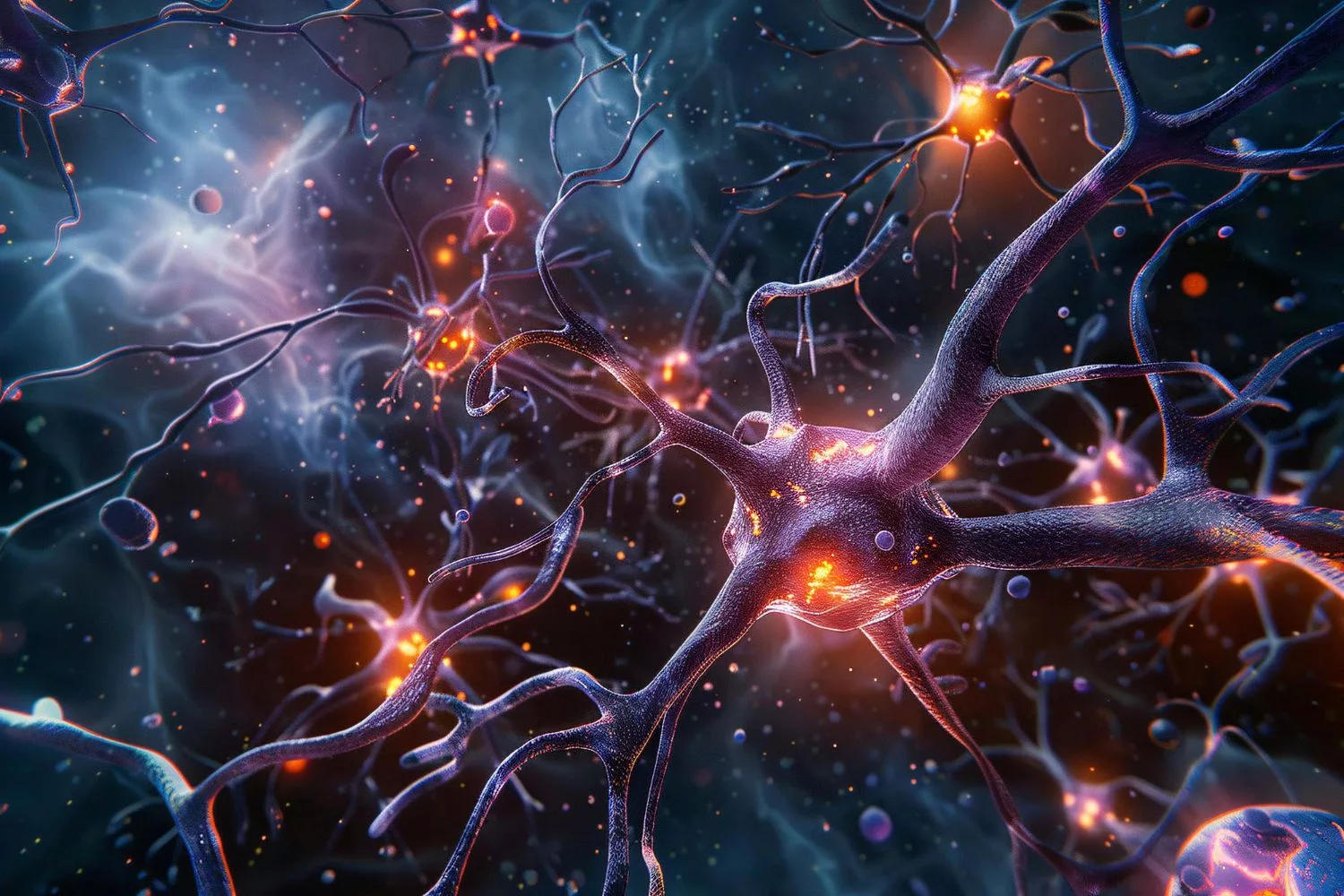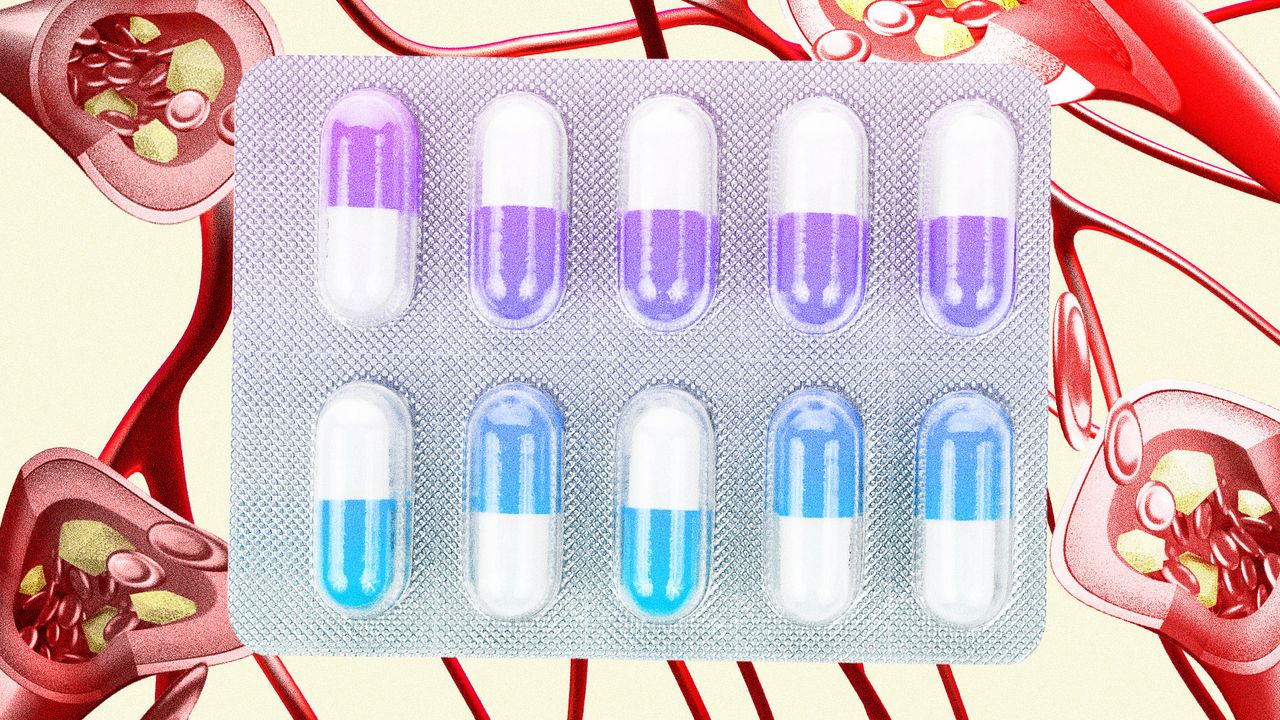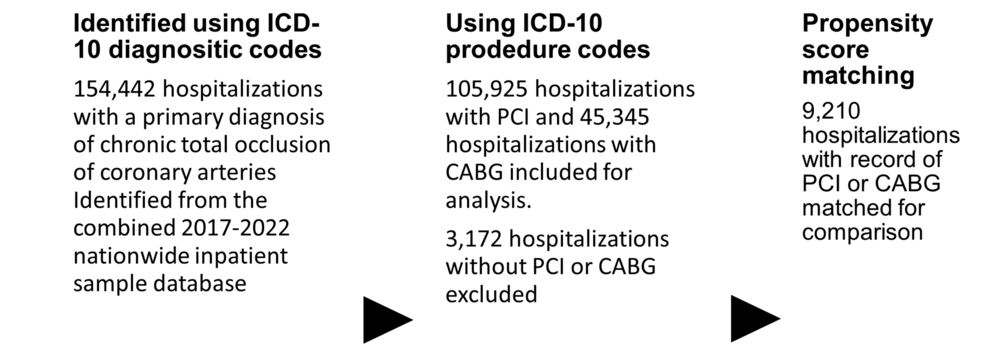Category: 6. Health
-

How Has Radiotherapy Advanced in Cancer Treatment?
Surrounding the
2025 American Society of Radiation Oncology (ASTRO) Annual Meeting, CancerNetwork® spoke with Pat Price, visiting professor of Oncology at Imperial College London, in London, England; chair of Radiotherapy UK; and co-founder and…Continue Reading
-

What we’ve learned about the psychology of narcissism over the past 30 years
You’ve probably seen the word “narcissist” thrown around online in headlines, on dating apps or in therapy-themed TikToks. But the label that people often unthinkingly slap on toxic bosses or reality TV villains hides a much more…
Continue Reading
-

You could spot a heart attack days before it strikes: Delhi-based doctor reveals one overlooked symptom that might save your life
Most people imagine heart attacks as sudden, intense events that strike without warning — crushing chest pain, cold sweats, and breathless panic. But according to Dr. Obaidur Rahman, a physician currently resident at Delhi’s Ram Manohar Lohia…Continue Reading
-
Just a moment…
Just a moment… This request seems a bit unusual, so we need to confirm that you’re human. Please press and hold the button until it turns completely green. Thank you for your cooperation!
Continue Reading
-

Brain cells linked to depression identified
Some people with depression have tiny changes in their DNA that affect how specific genes are turned on or off. A new study, published in the journal Nature Genetics, looked at these changes in brain cells from 84 people: some with depression…
Continue Reading
-

How Walking Can Improve Your Cortisol Levels
- Walking is a simple and effective way to manage healthy cortisol levels.
- Strolling through green spaces—like forests, tree-lined parks or near water—can help lower stress.
- Manage cortisol with other habits, like getting enough sleep,…
Continue Reading
-

Statins, Explained: What Every Guy Needs to Know About Statins
The drugs can reduce a patient’s LDL cholesterol by around thirty—sometimes even fifty—percent with high doses. A meta-analysis of 27 randomized trials, showed that statin therapy helped reduce adverse cardiovascular events by twenty to…
Continue Reading
-
Just a moment…
Just a moment… This request seems a bit unusual, so we need to confirm that you’re human. Please press and hold the button until it turns completely green. Thank you for your cooperation!
Continue Reading
-

Urate-Lowering Therapy for Gout Improves Patients’ Quality of Life
Treat-to-target urate-lowering therapy (ULT) is considered best practice in gout management, yet its impact on health-related quality of life (HRQoL) remains unclear. A post-hoc analysis of a randomized, multicenter trial by Austin Barry, MD, and…
Continue Reading
